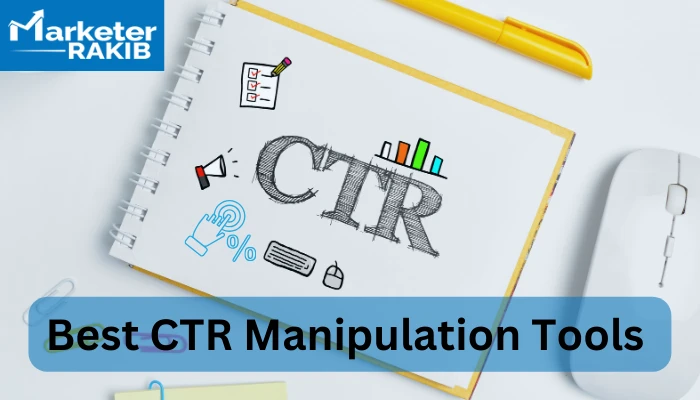The Duty of CTR Manipulation Press Release in Driving Online Involvement
The Duty of CTR Manipulation Press Release in Driving Online Involvement
Blog Article
Successful CTR Control: Trick Methods for Enhancing Your Interaction
Enhancing Click-Through Rates (CTR) is a nuanced art form that calls for a tactical approach incorporating numerous aspects such as meta descriptions, titles, and snippets. The capacity to astound users and lure them to click rest on the fragile balance of material and presentation. By checking out the intricate methods that underpin effective CTR manipulation, businesses can open the capacity for enhanced engagement and raised visibility within the digital landscape.
Comprehending CTR and Its Value
Comprehending Click-Through Rate (CTR) and its importance is paramount for any individual involved in on-line advertising. CTR is a crucial metric that determines the performance of your digital advertising and marketing efforts. It stands for the percentage of people who clicked a specific web link out of the total variety of impacts it received. A high CTR indicates that your content resonates well with your target market, driving traffic and potentially bring about conversions.

Additionally, keeping track of CTR allows marketers to determine the effectiveness of their ad duplicate, search phrases, and targeting approaches. It provides insights into what resonates with their audience and aids in customizing future advocate far better results - GMB CTR Manipulation. In essence, a deep understanding of CTR is necessary for driving successful online advertising and marketing projects
Crafting Compelling Meta Titles
Crafting engaging meta titles is a fundamental element of maximizing online material for search engines and user involvement. Meta titles are the first thing users see in search engine results, making them important for drawing in clicks.

Enhancing Meta Descriptions for Influence
To improve the total click-through price (CTR) and improve the exposure of online web content, maximizing meta descriptions for impact is vital. Meta descriptions are short recaps that appear below the meta title in search engine results, supplying individuals with a glimpse of what the web page offers.
Crafting meta descriptions that resolve the user's search intent can dramatically boost the chance of users clicking with to your internet site. By highlighting distinct selling factors, providing an option to a problem, or creating a feeling of seriousness, you can compel customers to click your web link. It is important to guarantee that meta summaries properly show the content on the web page to maintain count on with individuals and internet search engine. Regularly evaluating and updating meta summaries based upon performance data and search fads can further enhance their impact on CTR and general involvement.
Applying Rich Fragments for Presence
Rich fragments give individuals with additional details regarding a page directly on the search engine results web page. This added information can consist of evaluations, ratings, rates, and various other relevant details, making the search result even more helpful and attractive GMB CTR Manipulation to customers.
Testing and Refining Call-to-Actions
Trying out with numerous call-to-action (CTA) methods is a fundamental element of maximizing conversion rates and driving individual interaction. By examining different components such as wording, placement, layout, and shade, you can collect beneficial insights into what drives the most conversions and clicks.
In addition, assessing customer habits with heatmaps and click-tracking tools can provide further support on exactly how to fine-tune your CTAs. Comprehending where individuals are clicking, hovering, or losing passion can help you tailor your calls-to-action to be much more appropriate and compelling to your target market.
Final Thought
Finally, grasping the art of controling CTR calls for a strategic approach that includes compelling meta titles, optimized descriptions, rich fragments, and examined call-to-actions. By constantly evaluating efficiency data and refining interaction techniques, online marketers can enhance exposure, drive greater web site traffic, and improve general campaign effectiveness. Implementing these vital methods will certainly guarantee that your material stands out in a jampacked electronic landscape and attracts the focus of your target audience.

In conclusion, mastering the art of adjusting CTR calls for a calculated approach that integrates compelling meta titles, maximized summaries, abundant snippets, and evaluated call-to-actions.
Report this page